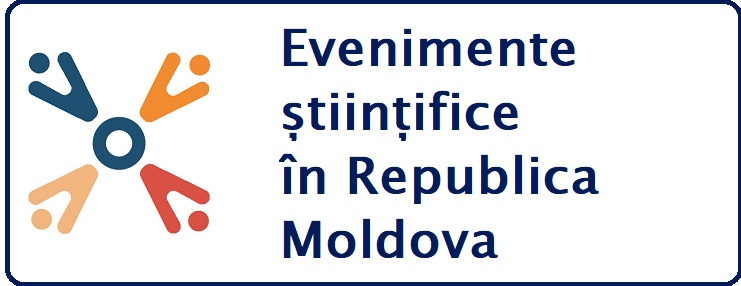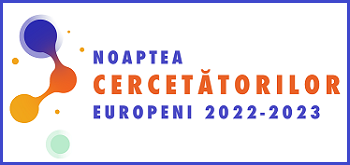Our report [1] of a series of octanuclear {Cr7M} rings is the first such report
of anti-ferromagnetically coupled cyclic molecules that have a non-diamagnetic
ground state. There has been considerable interest in such molecules for
applications as diverse as olefin polymerisation catalysis [2], magnetic cooling
[3], and quantum computing [4]. Quite recently we reported [5] the synthesis,
structure and preliminary magnetic studies of new heterometallic wheels, that
form a very large family of complexes with general formula {[NR2H2][M7M′F8(O
2CR′)16]}, where M3+ = Cr, Fe, V; M’2+ = Mn, Fe, Co, Ni, Zn, Cd, Mg; R a linear
alkyl-chain on the protonated secondary amine, (O2CR′)- various carboxylates.
We have also shown, in a system of heterometallic {CrnNi} rings (n = 7 or 8),
that we can chose between octa- and nona-nuclear wheels by using appropriate
secondary ammonium ions as templates [1, 6]. Here we show that using the
synthetic approach and the procedures reported earlier [1, 5-7], but by including
other templates in the reactions we can isolate new types of hetero-metallocyclic
compounds. If we use a tertiary amine, NEt(cy-C6H11)2, compound [HNEt(cy-
C6H11)2][Cr9NiF12(O2CCMe3)18] (1) can be crystallized (Fig. 1). Using NMe(cy-
C6H11)2 two decametallic wheels can be separated and crystallised, differing in
the number of Ni centres in the ring. The first is [HNMe(cy-C6H11)2][Cr9NiF12(O2C
CMe3)18] (2), while the second complex is [HNMe(cy-C6H11)2]2[Cr8Ni2F12(O2CCM
e3)18] (3); in 2 the protonated amine is localized in the wheel, while in 3 a second
protonated amine is found outside. If we use NHtBuisPr a nonametallic wheel [H
2NtBuisPr][Cr8CdF9(O2CCMe3)18] (4) was isolated for the Cd2+ and a decametallic
ring [H2NtBuisPr][Cr9NiF10(O2CCMe3)20] (5) for the Ni2+. Looking at templates involving N-atoms in an unsaturated environment we
choose imidazole (Im) and its derivatives e.g.:
1-methylimidazole (MeIm), 1-butylimidazole (BuIm), 1-benzylimidazole
(BzIm), 2-methylimidazole (2-MeIm), 4-methylimidazole (4-MeIm), 1,2-
dimethylimidazole (1,2-diMeIm), 2,4-dimethylimidazole (2,4-diMeIm). These
templates also give rings containing eight, nine or ten metals, and either one or
two heterometals: [2-MeImH][Cr7NiF8(O2CCMe3)16] (6), [2,4-diMeImH][Cr7NiF8
(O2CCMe3)16] (7), [ImH]2[Cr6Ni2F8 (O2CCMe3)16] (8),[ImH]2[Cr8NiF11(O2CCMe3)17]
(9), [4-MeImH]2[Cr8NiF11(O2CCMe3)17] (10), [BzImH]2[Cr7Ni2F9(O2CCMe3)18] (11),
[MeImH]2[Cr8Ni2F12(O2CCMe3)18](12),[BuImH]2[Cr8Ni2F12(O2CCMe3)18] (13), [1,2-
DiMeImH]2 [Cr8Ni2F12(O2CCMe3)18] (14), [1,2-DiMeImH]2 [Cr8Ni2F10(O2CCMe3)20]
(15), but now the protonated imidazoles in all cases are found inside the
wheels.
Elemental analysis, MS and X-ray structure characterization confirm the
identity of all the compounds discussed here.
References
1. F.K. Larsen, E.J.L. McInnes, H. El Mkami, J. Overgaard, S. Piligkos, G.
Rajaraman, E. Rentschler, A.A. Smith, G.M. Smith, V. Boote, M. Jennings, G.A.
Timco, R.E.P. Winpenny, Angew. Chem. Int. Ed., 2003, 42, 101.
2. P.-G. Lassahn, V. Lozan, G.A. Timco, P. Christian, C. Janiak, R.E.P. Winpenny,
J. Catalysis, 2004, 222, 260.
3. M. Affronte, A. Ghirri, S. Carretta, G. Amoretti, S. Piligkos, G.A. Timco, R.E.P.
Winpenny, Appl. Phys. Lett., 2004, 84, 3468.
4. F. Troiani, A. Ghirri, M. Affronte, S. Carretta, P. Santini, G. Amoretti, S. Piligkos, G. Timco, R.E.P. Winpenny, Phys. Rev. Lett., DOI: condmat/0405507.
5. R.H. Laye, F.K. Larsen, J. Overgaard, C.A. Muryn, E.J.L. McInnes, E.
Rentschler, V. Sanchez, H.U. Güdel, O. Waldmann, G.A. Timco, R.E.P. Winpenny,
Chem. Commun., 2005, 1125.
6. O. Cador, D. Gatteschi, R. Sessoli, F.K. Larsen, J. Overgaard, A.-L. Barra,
S.J. Teat, G.A. Timco, R.E.P. Winpenny, Angew. Chem. Int. Ed., 2004, 43, 5196.
7. F. K. Larsen, J. Overgaard, S. Parsons,E. Rentschler, A. A. Smith, G. A. Timco,
R.E. P. Winpenny, Angew. Chem. Int. Ed. 2003, 42, 5978.
Acknowledgements. This work was supported by the EPSRC (UK), the EC
programme “QuEMolNa” (MRTN-CT 2003-504880) and INTAS (03-51-4532).
|

 652
652 0
0 SM ISO690:2012
SM ISO690:2012











